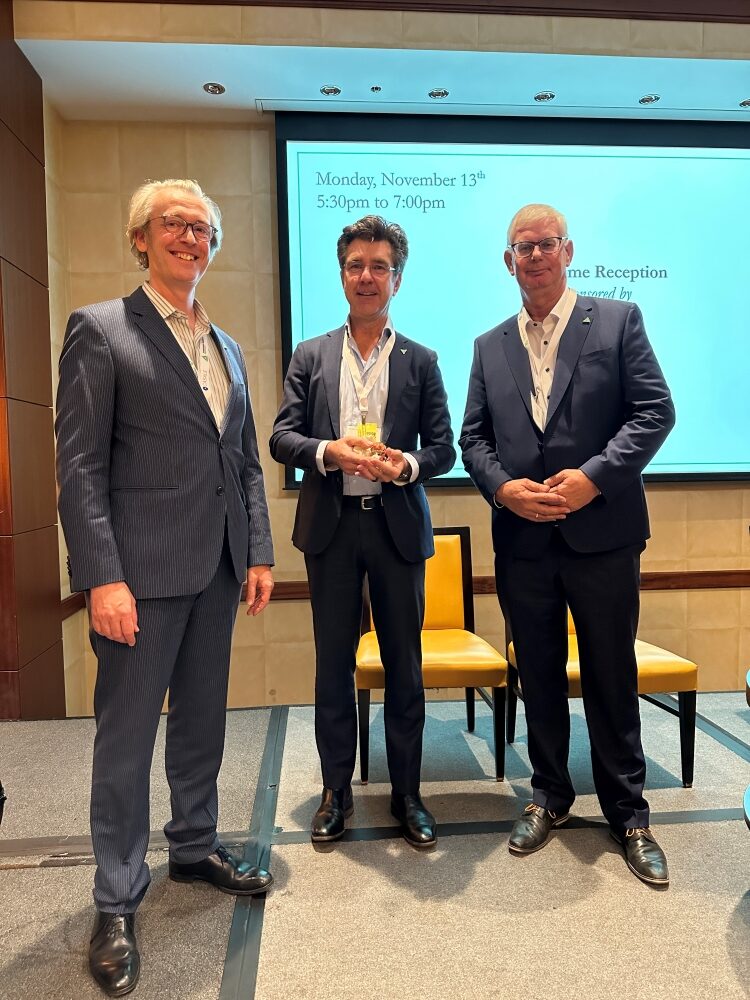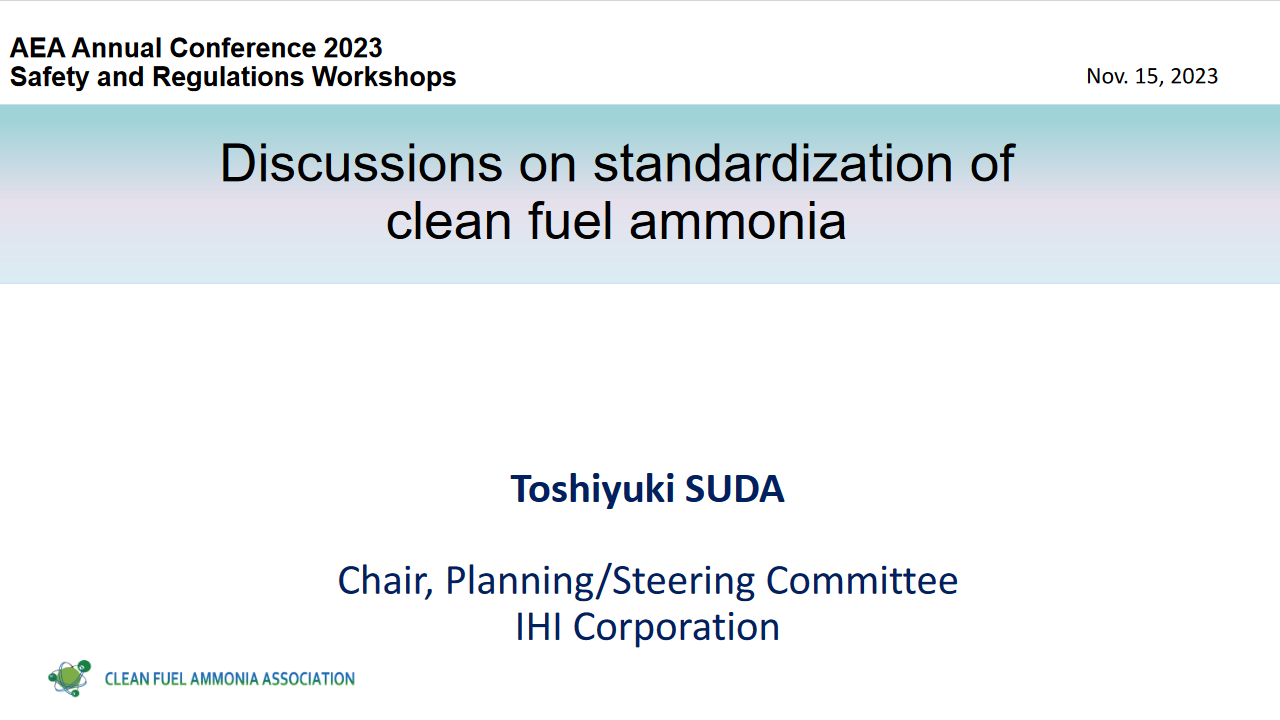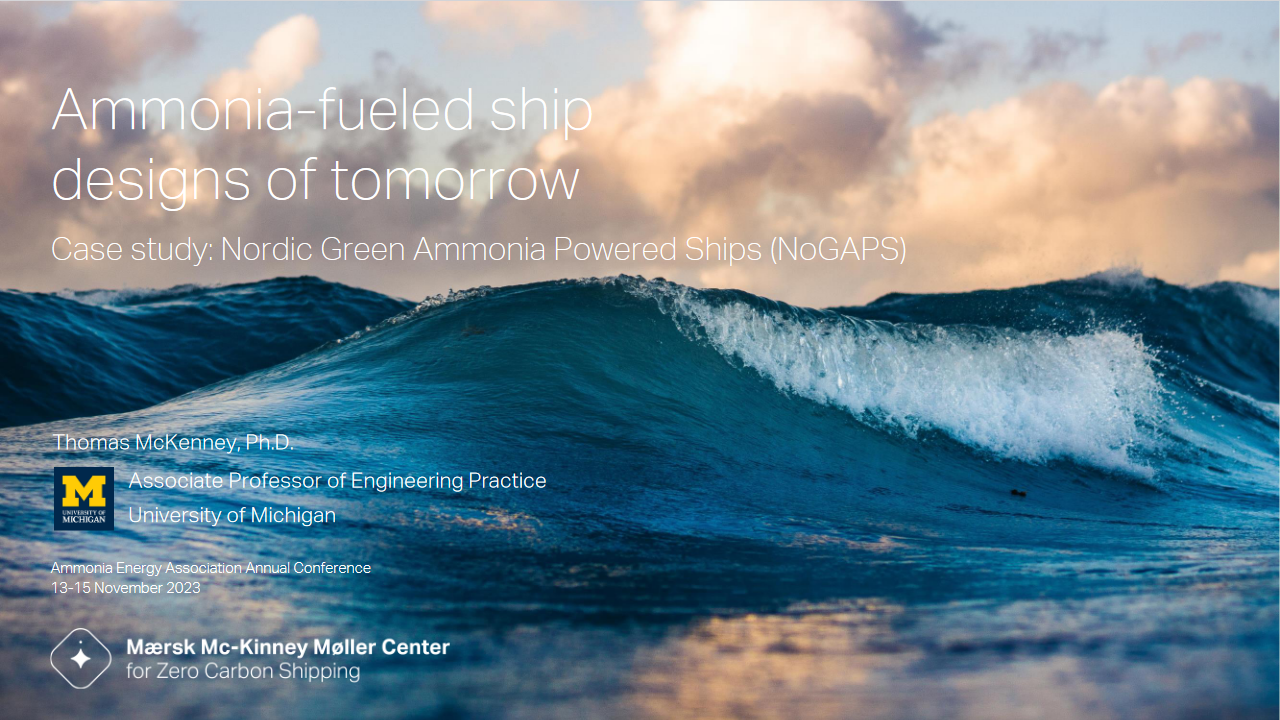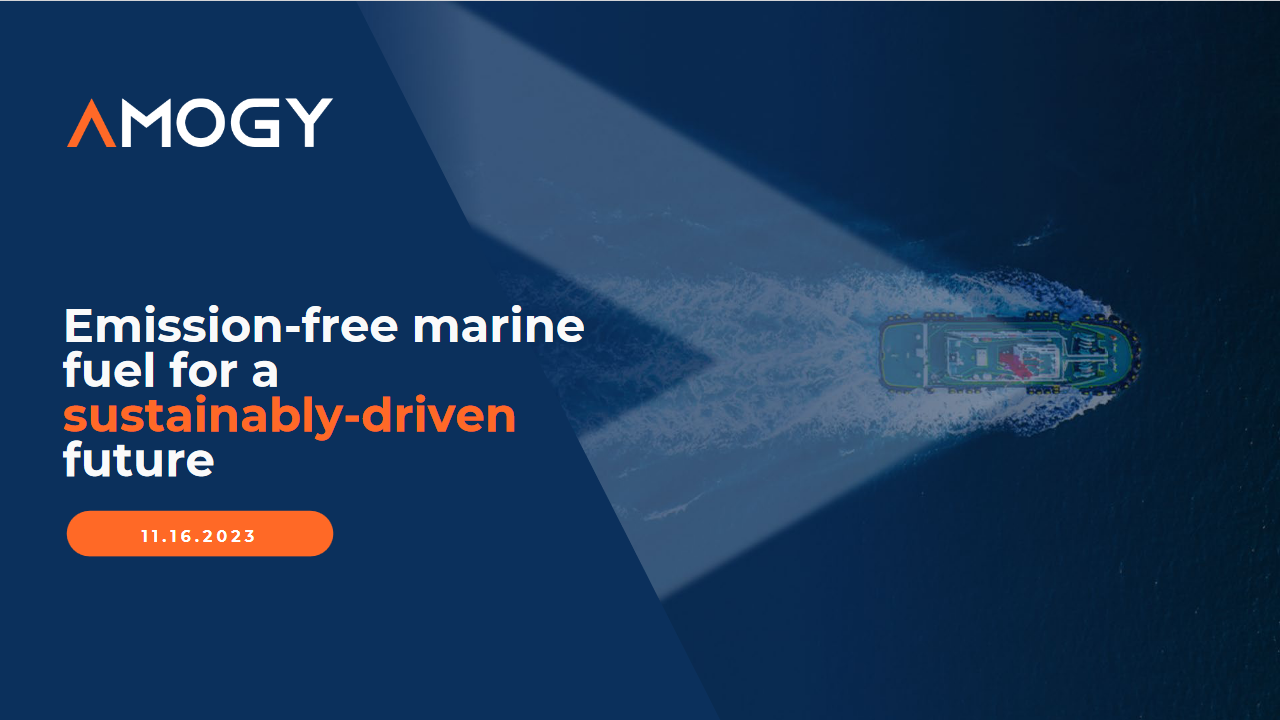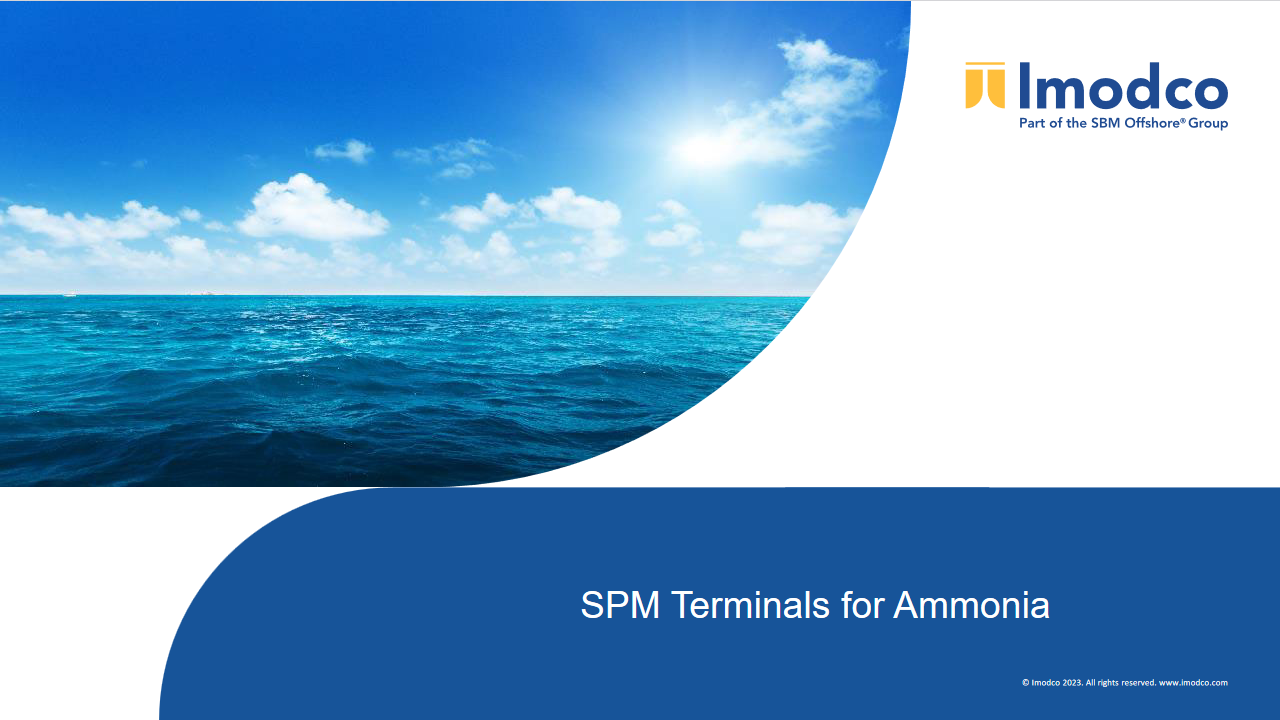Fortescue: Green Pioneer sails to Dubai for COP28
Following a successful engine retrofit, FFI’s dual fuel vessel debuted at COP28 this month. Unable to run on or carry ammonia fuel due to restrictions from local authorities, FFI Chairman Andrew Forrest called for the world’s ports to catch-up to technological progress and update their regulations. FFI will also be a key part of the Pacific Northwest Hydrogen Hub (one of seven hubs awarded funding by the US DoE), and has added to its vertical integration capabilities with the opening of a new technical innovation centre in the UK.

